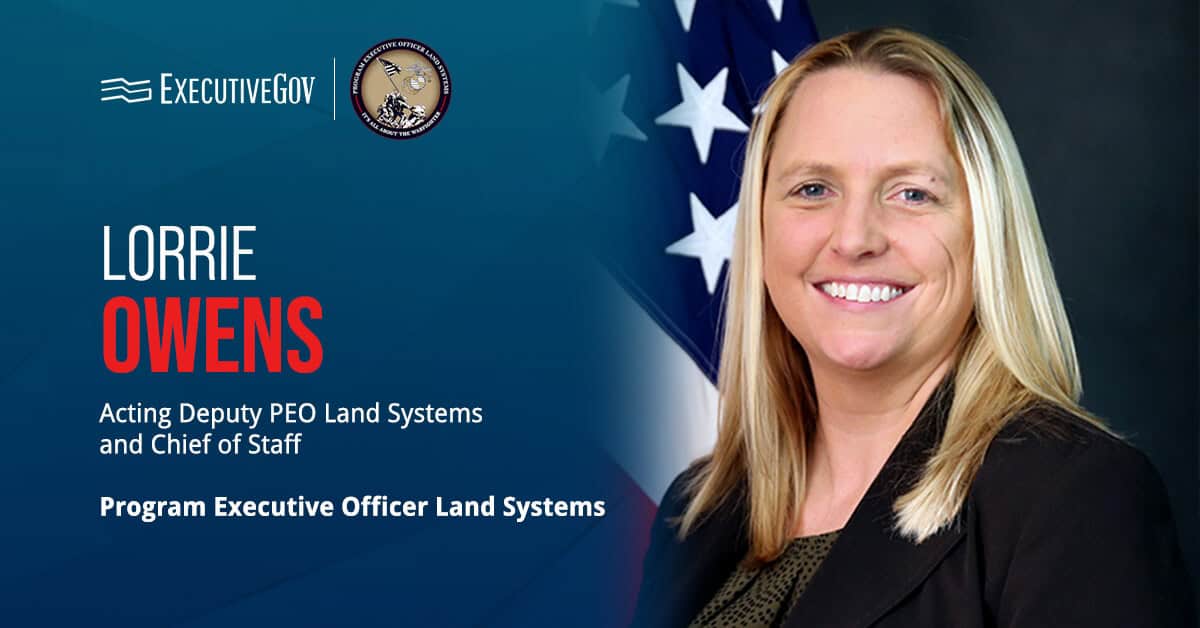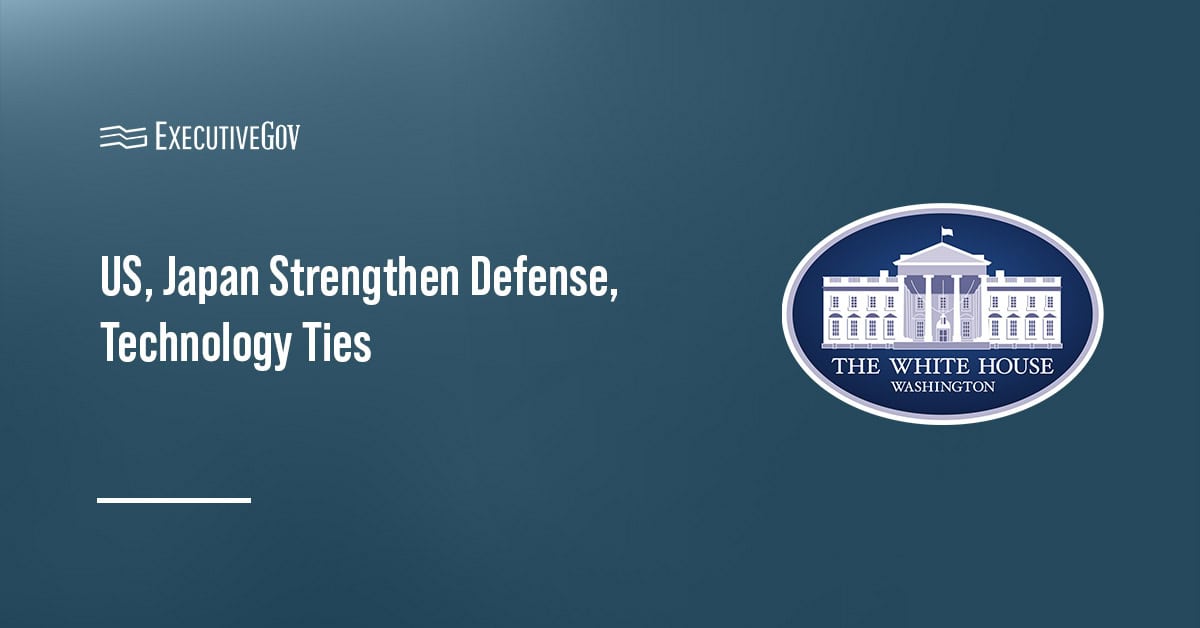Ben Baldi is a staunch advocate for high-quality digital services who has dedicated his expertise to advancing automated software testing solutions at Tricentis. As senior vice president of global public sector, he works closely with government clients to modernize their testing practices, ensuring that mission-critical applications are deployed with resilience, security and confidence. With 15 years of federal technology experience, Baldi partners with public sector agencies to balance the fast pace of software delivery with the need for top-tier quality and compliance.
In a recent conversation with ExecutiveGov, Baldi discussed Tricentis’ role in public sector IT modernization, emerging trends in government software development and his advice for public sector IT leaders aiming to transform their testing practices.
Table of Contents
ExecutiveGov: Can you tell us about Tricentis and how you partner with the public sector?
Ben Baldi: Tricentis partners with public sector agencies to modernize their approach to software testing as they adopt Agile, DevOps and DevSecOps practices to transform their digital services. These development practices rely on speed: frequent changes allow agencies to respond quickly to changing constituent tastes and needs. But many agencies’ manual testing processes were developed for much slower waterfall development cycles. Essentially, Tricentis removes the bottlenecks that manual testing creates with our enterprise software testing solutions.
Our comprehensive test platform automates end-to-end testing across both legacy and modern environments. It’s both AI-driven and codeless, which makes testing accessible to a wider range of users. After migrating to Tricentis, an agency not only has a standardized testing solution that can operate in many environments, but quality assurance activities can include more people than the specialists.
By partnering with Tricentis, public sector agencies can accelerate software development and have the confidence their applications will work as expected — even under heavy load. In short, agencies can deliver high-quality, consistently positive digital experiences that ultimately reinforce trust in the government.
EG: What is your role at Tricentis?
Baldi: As SVP of global public sector, I work with our government customers to modernize their software testing practices and ensure mission-critical applications are resilient and secure. When agencies migrate to Tricentis, we aim to make the transition smooth and efficient with a suite of tools and services. Whether an agency is undergoing a small-scale migration or an enterprise-wide transformation, our platforms are designed with ease of use in mind. Drag-and-drop interfaces that require minimal coding skills, shortening the learning curve and making it easier for teams to adopt the platform without major disruptions.
Our federal partners have achieved some truly amazing things, like a 10x acceleration in software delivery and an 80 percent reduction in manual testing needs. Some of our customers have improved their software risk coverage by a staggering 90 percent. Faster delivery and reduced risk — that’s what the right modern software testing platform does.
EG: When it comes to software delivery, government agencies must prioritize speed to stay ahead of the curve and support mission-critical operations. But speed can sometimes come at the expense of risk. How does Tricentis help government agencies strike the right balance between the need for rapid software delivery and the imperative for high quality and resilient software?
Baldi: The challenge for government agencies is that while speed is crucial, security and resilience can never be compromised. At Tricentis, we provide an automated testing platform that accelerates the software delivery lifecycle without sacrificing quality.
Automated testing identifies vulnerabilities and ensures software functionality throughout the process, from development to deployment. By incorporating practices like post-patch regression testing, we help agencies avoid the kind of issues seen in recent IT outages, such as the CrowdStrike incident in July of this year. Thorough and frequent testing can ensure that any updates or patches don’t introduce new issues, allowing for greater resilience and continuity of operations. Our solutions give agencies the ability to move quickly while staying compliant, minimizing risks, and maintaining the highest standards for software quality.
EG: Are you seeing other trends that are changing the way agencies approach testing?
Baldi: One of the key trends we’re seeing is that automated software testing is becoming a priority in government procurement processes. We’ve noticed an increase in requests for proposals where software testing, and particularly automated testing, is now being included as a mandatory requirement. This shift shows that agencies are recognizing the value of continuous testing in reducing operational risks and ensuring mission success. There’s also a growing focus on integrating security testing into the software lifecycle early on, which aligns with broader trends in DevSecOps and helps public sector IT leaders deliver secure applications faster.
In general, agencies are also dealing with increased complexity in their technology ecosystems. On-premises, multi-cloud, hybrid environments, microservices and enterprise-grade applications like Salesforce, SAP, ServiceNow, Oracle and Workday — agencies need to be able to test across multiple systems and platforms and have a consistent experience.
EG: What advice would you give to public sector IT leaders who are looking to modernize their testing practices?
Baldi: Leaders should focus on adopting automation, integrating continuous testing, and ensuring flexibility for both legacy and modern systems to meet the demands of modern digital services. These strategies will help balance the need for speed, quality and resilience in today’s fast-paced software development environment.
Adopting automated testing practices is essential. Automation reduces the complexity and time needed to validate mission-critical systems. Start by integrating testing early in the development process to catch issues before they become larger, costlier problems down the line. Leaders should also focus on building resilience into systems via ongoing quality assurance practices. Embracing automated testing solutions will ensure that modernization efforts can meet the service delivery demands of today and tomorrow without introducing unnecessary risks.
And remember: Every interaction with a government service is an opportunity to build or break public trust. Ensure that testing processes emphasize both functionality and performance, so that end-users—whether citizens or government employees—have a positive experience every time they use the system.





